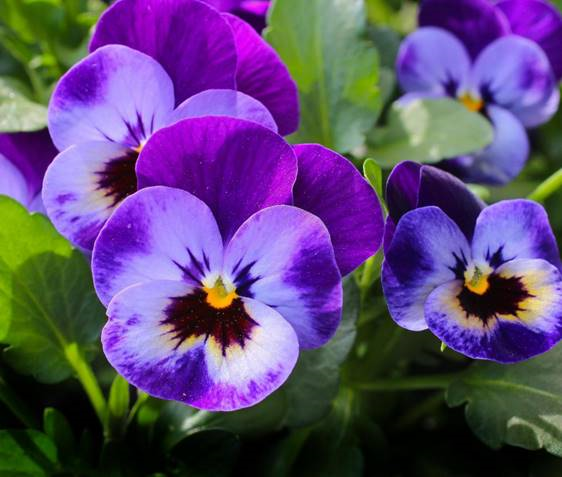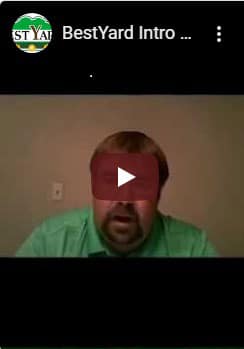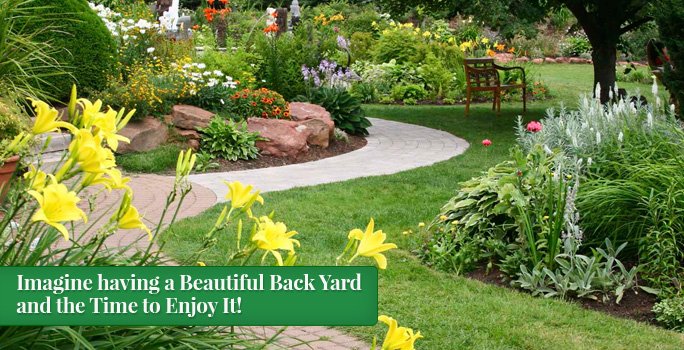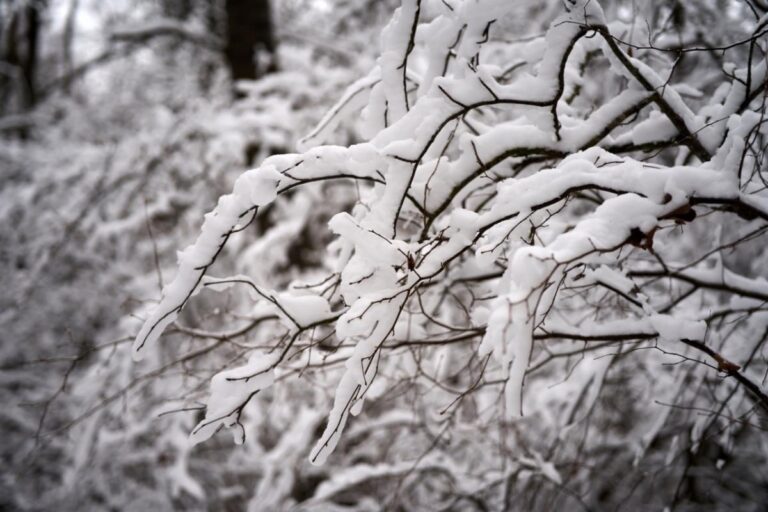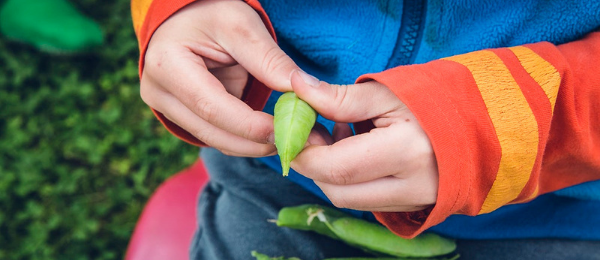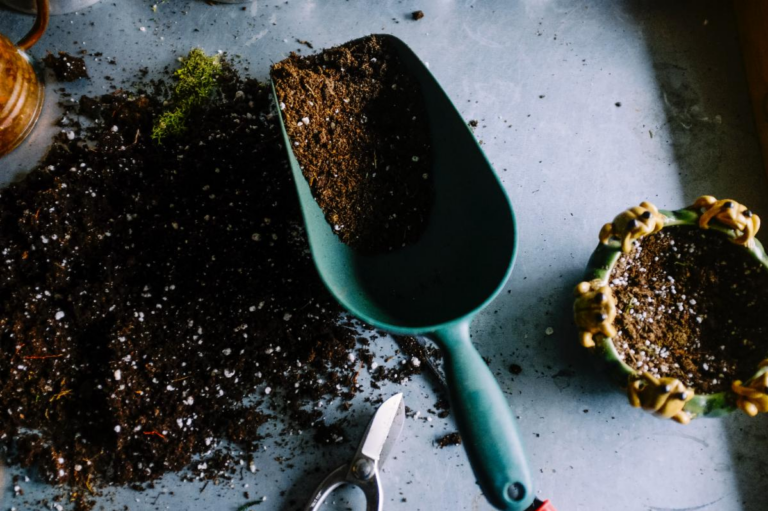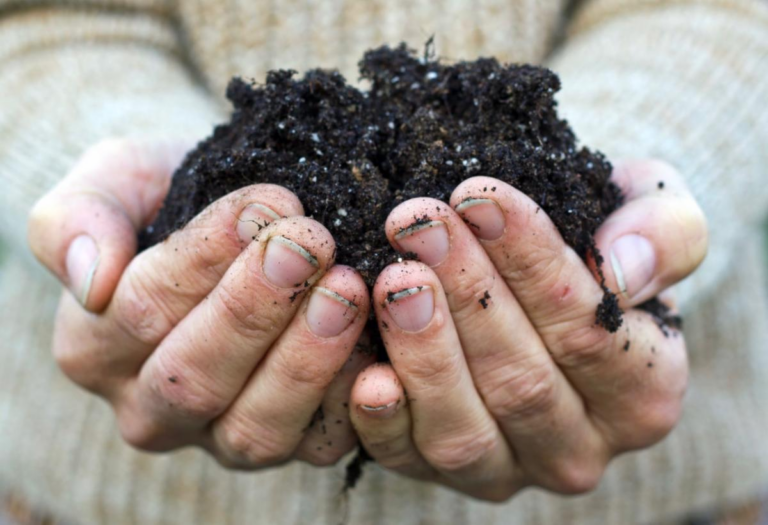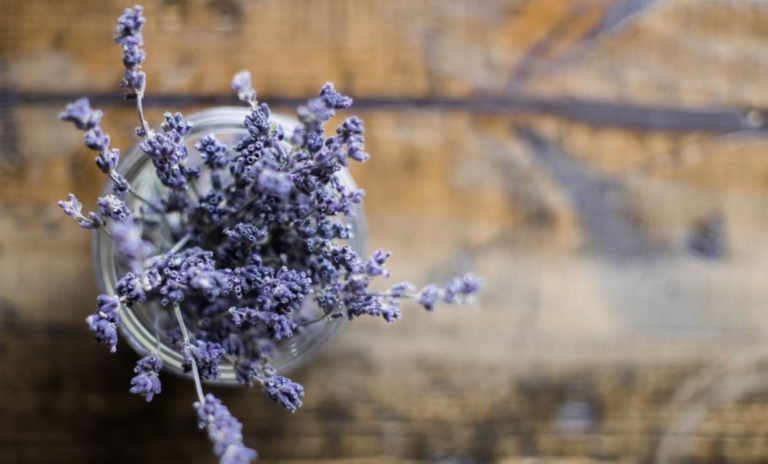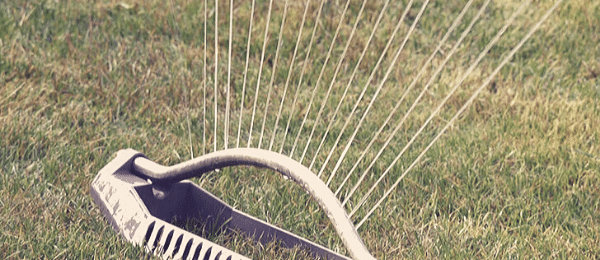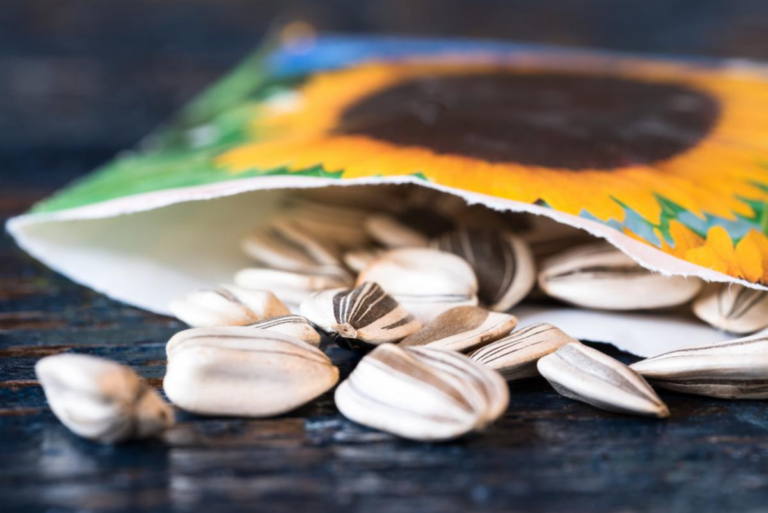
Yes, there’s plenty of snow on the ground, but it’s not too early to think about this year’s garden.
Seed catalogs were mailed long ago, and the online business is already booming.
If you haven’t started planning this year’s garden, grab something warm to drink and cozy up to the fire with your laptop and order for spring!
- How much and when to order?
For most home gardeners, one or two seed packets per variety are all you’ll need.
To have the best selection of seeds, place your order soon.
Popular varieties will sell out, so be an early bird if you want to catch the best seed.
- Can I use any of last season’s leftover seeds?
While some plant varieties will produce seeds that will last for centuries, they are generally the exception.
Anasazi beans (collected from the cliff dwellings in southwestern Colorado) are good to grow.
Beans, grain, and corn are generally longer-lived than other plants but the hybridized versions we often use today don’t have a longer shelf-life.
Rule of thumb: check the expiration date on old seed bags and toss expired seeds.
If you have leftover seeds from past seasons that are questionable, you can check them out with a pre-season germination test.
Planting old seeds that don’t germinate can cost you two to three weeks of growing time–
the time you don’t want to lose in Colorado’s short growing season.
Plant a couple of seeds of each variety indoors in a sand/peat mix.
If they don’t germinate, don’t waste your time with them later.
- Can I use seeds harvested from last year’s garden?
Seeds from previously grown, hybridized plants are generally less reliable than freshly purchased seeds.
Why? As plants in your garden cross-pollinate with each other, they can create mixed seeds.
For example, if you plant seeds from last year’s huge pumpkin that grew next to the zucchini, the fruit that grows this year may be a surprise.
It may not look anything like last year’s prize pumpkin.
That’s part of the magic that matters when you select seeds.
Heirloom varieties are the old, favorite plants that go back generations, some to colonial days.
Heirlooms have been collected and maintained for generations and have not been hybridized.
These seeds can be collected for future seasons and will remain true to the original plant as long as they have not cross-pollinated with another variety.
To keep heirlooms unpolluted season after season, isolate them from non-heirlooms in your garden.
Click “DO IT FOR ME” to request a FREE quote.

Source: customer-service@bestyard.com in collaboration with Associated Landscape Contractors of Colorado
